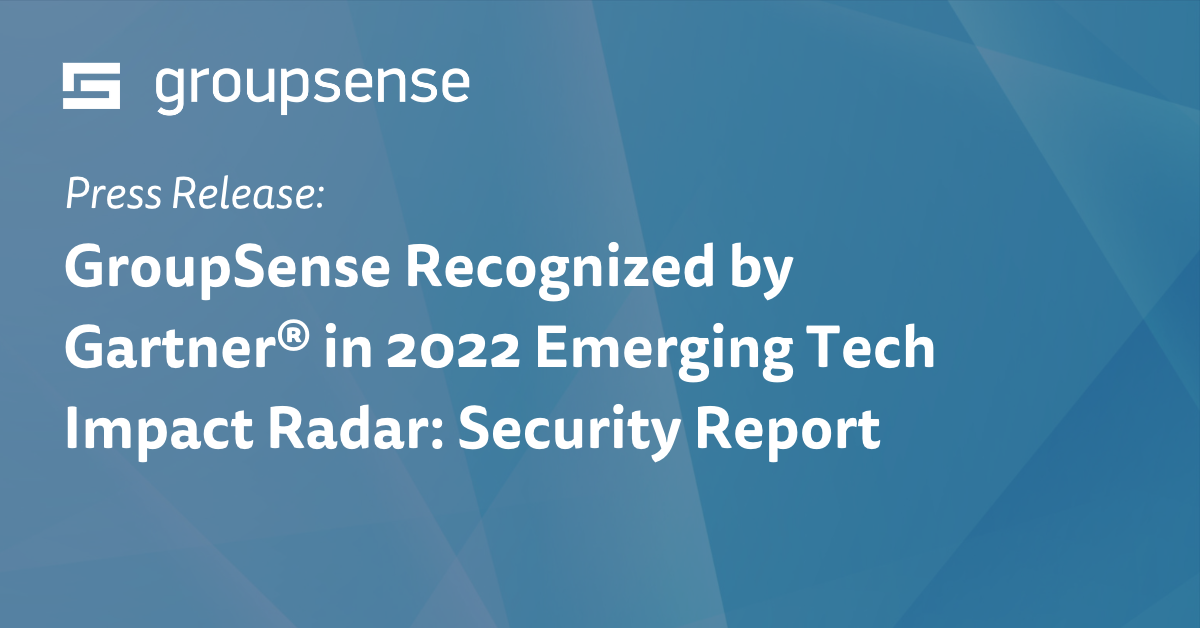Our nation’s critical infrastructure is vital to our day-to-day lives. Encompassing 16 sectors, critical infrastructure spans transportation, manufacturing, utilities, and more. When we think of threats to infrastructure, natural disasters immediately come to mind, but cybersecurity incidents have the same potential for destruction, including interrupting manufacturing, supply chain availability, and other vital functions. Manufacturing currently contributes $2.7 trillion to the US economy, contributing heavily to GDP (gross domestic product), job growth, and more. Manufacturers are one of the main user groups of ICS (industrial control systems) and SCADA (supervisory control and data acquisition) technologies.
Primarily found in energy, manufacturing, transportation, and oil and gas organizations, ICS and SCADA systems are remote command and control systems that enable operations in any given facility. These operational technologies (OT) are connected to an entire organization’s industrial processes and are often built on out-of-the-box software that connects the devices and systems to the rest of an organization’s network infrastructure. In a 2019 ICS survey, 51% of participants gauged the threat to their ICS as severe, critical, or high.
ICS and SCADA Vulnerabilities
ICS and SCADA are typically run on out-of-the-box software. As a result, they are particularly vulnerable to malware attacks. Traditional ICS is made to last at least 30 years, and are built with reliability in mind, leaving little room for security. One significant risk associated with ICS is unpatched or out-of-date software. Because of the scale of most ICS and SCADA, pushing software updates may cause operation interruptions, which further prohibits the updates.
Threat actors with ICS/SCADA in their sights develop targeted malware that, once inside a system, can take complete control of industrial systems. A cybersecurity advisory issued in early 2022 by CISA details the technical aspects of targeted malware; the programs have modular architecture that enables threat actors to conduct highly automated exploits. The modules closely mirror the operations of the targeted device, allowing lower-skilled threat actors to carry out advanced capabilities.
Lessons Learned
In 2017, a utility company suffered an ICS breach. The firm found that a threat actor gained access to the network through a misconfigured access point that was left open after a third-party vendor performed maintenance. Due to a properly laid deception product, the firm was able to identify that threat actors were performing reconnaissance to strike at a later date.
In the 2010’s, several strains of malware designed to disrupt ICS and SCADA systems emerged: Stuxnet, BlackEnergy-2, Havex, and CRASHOVERRIDE. These strains were used in attacks targeting the energy sector in eastern Europe. While many of these strains were used to disrupt systems and carry out espionage, CRASHOVERRIDE was used only for power grid disruption. The history of destructive attacks, especially in eastern Europe, doesn’t bode well for other countries and regions.
Recommended Mitigations for Industrial Systems
To protect against ICS and SCADA attacks, organizations should isolate devices from the corporate network and other IT assets. Implementing strong perimeter controls can help to keep out malware or isolate it if attacked. As with other types of attacks, cyber hygiene is of utmost importance. Keeping all ICS devices on a timed password change schedule and enabling multi-factor authentication on ICS programs go a long way in protecting systems from attacks.
Attacks on critical infrastructure sectors are only increasing. Protecting against cyber threats to your organization is a critical part of protecting United States national security. With attacks targeting your ICS and SCADA systems, supply chain, and third parties, as well as ransomware threats, critical infrastructure organizations face threats from every direction. Understanding the threats that your organization face is critical to anticipating, preparing for, and defending against cybersecurity threats in the future. For more information on cyber threats to critical infrastructure, download our guide here.






